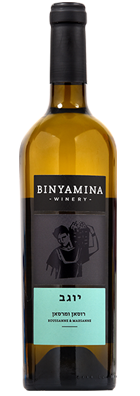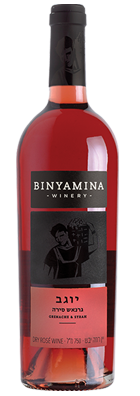Winemaking Process
The Cabernet Sauvignon and Petit Verdot grapes are harvested two weeks apart and each are delivered to the winery at night. After destemming, the grapes undergo cold soaking and then begin alcoholic fermentation, lasting approximately one week. After completing the extraction of flavors and color from contact with the grape skins, the grapes are gently pressed. Following a brief stabilization, some of the wine is aged in stainless steel tanks and the remainder is transferred to oak barrels for several months of aging to enhance the flavors and complexity. The final blend of Cabernet and Petit Verdot is selected just prior to bottling. The wine is then bottled and continues to age for an additional few months in order to achieve an optimal balance of flavors before its release to the market.










